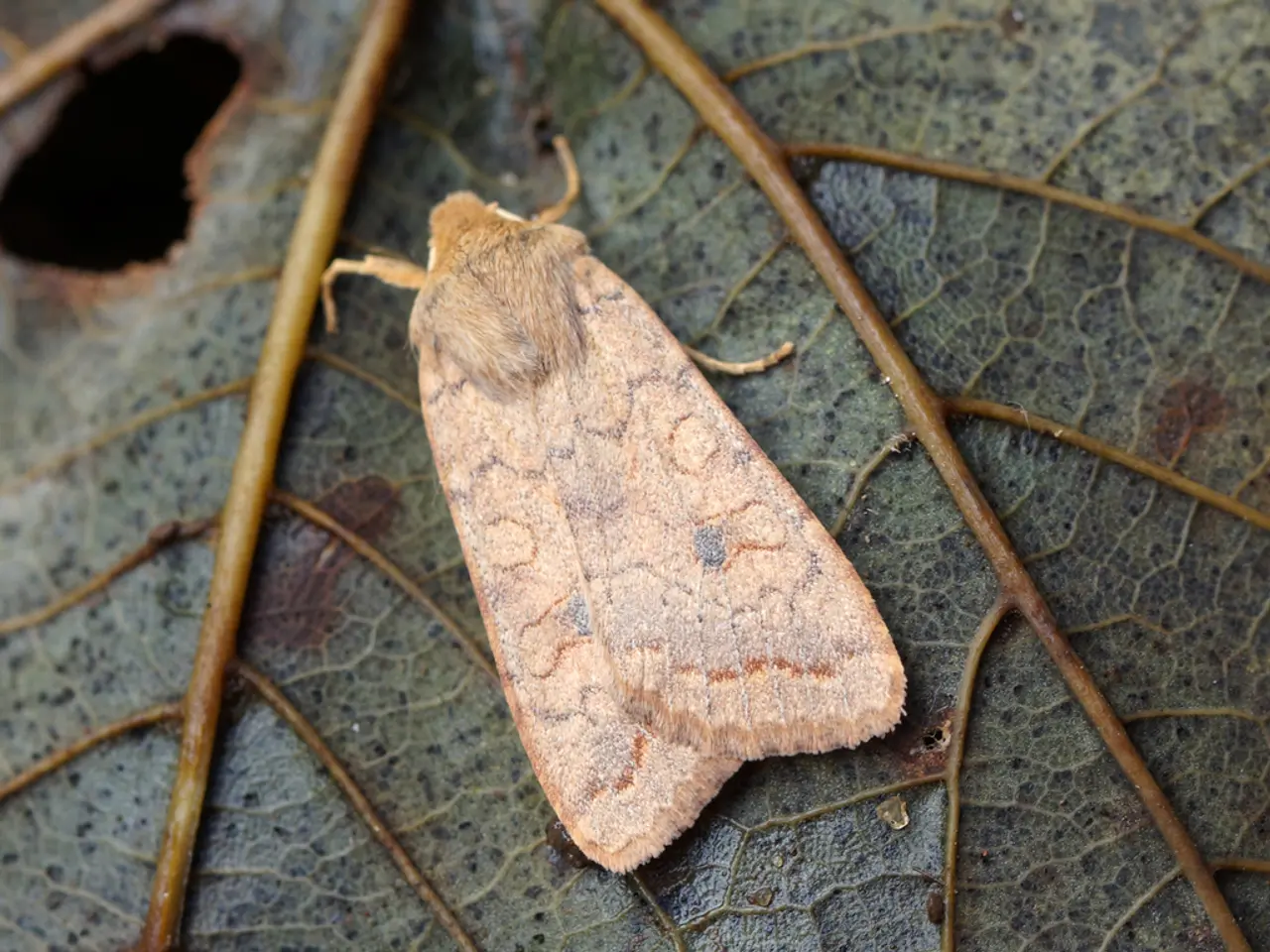Eliminate Pests from Soil in Plants: Proven Techniques
In the world of gardening, maintaining healthy soil and plants is a constant challenge, especially when it comes to managing common pests that can invade your precious greenery. Here's a guide to help you identify these pests, understand their signs, and implement effective management strategies.
Identifying Common Pests
Pests in plant soil can be tricky to spot, but knowing what to look for can make all the difference. Mealybugs, scale insects, spider mites, fungus gnats, thrips, slugs, aphids, whiteflies, and clover mites are some of the most common culprits. Signs to watch for include sticky residue (honeydew), deformed or yellowing leaves, webbing, holes or leaf damage, wilting despite moist soil, and ant trails.
Management Strategies
Adopting a combination of sanitation, biological controls, physical barriers, and targeted chemical treatment can help keep your soil and plants healthy.
- Cultural Controls: Maintain good garden sanitation by removing plant debris, avoiding overwatering to prevent fungus gnat and mite outbreaks, promoting good air circulation, and using proper watering to reduce pest habitat.
- Biological Controls: Introduce predatory mites to control pest mites; use beneficial nematodes or fungi to reduce soil-dwelling pests naturally without harming plants.
- Physical Controls: Use sticky traps to monitor and capture flying pests like fungus gnats and thrips; handpick slugs and caterpillars.
- Chemical Controls: Use horticultural oils or insecticidal soaps for soft-bodied pests such as mealybugs, aphids, whiteflies, and scale. Avoid broad-spectrum insecticides that harm beneficial organisms; prefer targeted treatments. Timing and careful application are crucial to minimize effects on pollinators and beneficial insects.
- Preventive Measures: Use row covers or mesh netting to exclude pests like cabbage white butterfly larvae or thrips; rotate crops and choose resistant plants where possible.
Integrating these approaches with regular monitoring helps identify pest issues early and apply the most effective, least harmful treatment in keeping with integrated pest management (IPM) principles.
Natural Treatments
A variety of natural treatments can also be used to manage pests in plant soil. Chamomile tea, cinnamon, neem oil, diatomaceous earth, and insecticidal soap are all effective solutions. To make a neem oil spray, mix one to two tablespoons of neem oil with one to two teaspoons of mild dish detergent and one gallon of warm water.
Preventative Measures
Preventative measures are key to keeping pests at bay. Spray plants with soapy water or insecticidal soap before quarantining them. Repot plants using sterilized soil and ensure tools and pots are clean. Quarantine new and sick plants, and inspect them regularly during quarantine. Tool care is also important; disinfect gardening tools before and after use to prevent the spread of harmful bacteria and irritants between plants.
Remember, maintaining healthy soil and plants requires vigilance and a proactive approach. By understanding the signs of common pests, implementing effective management strategies, and using natural treatments, you can keep your garden thriving. Happy gardening!
Read also:
- Wawa avian tests positive for West Nile disease
- The market for Kraft Lignin is projected to increase at a rate of 7.2% each year until 2034.
- Revising hair care practices with cynorrhodon extracts for addressing hair fragility
- Filipino Card Games Find Their Home at Gamezone, Offering an Unmatched Experience!





